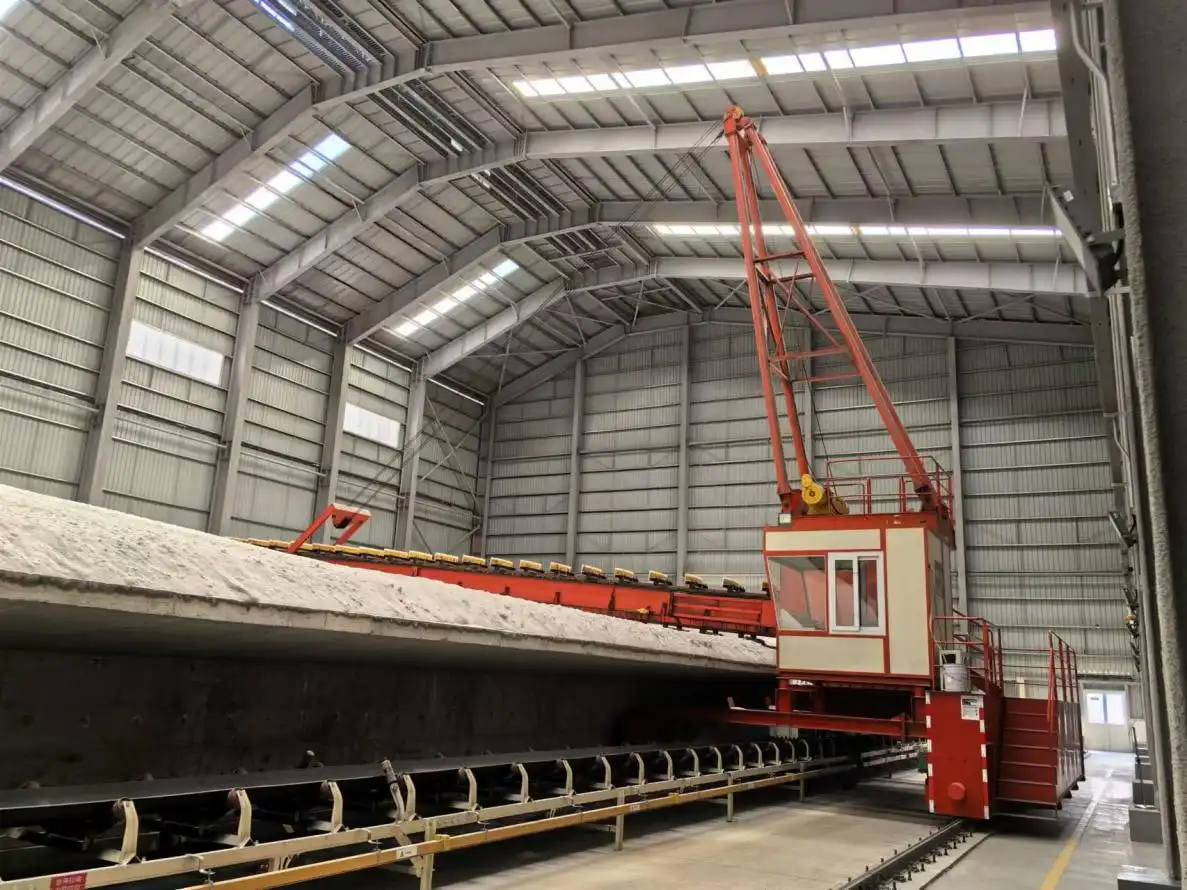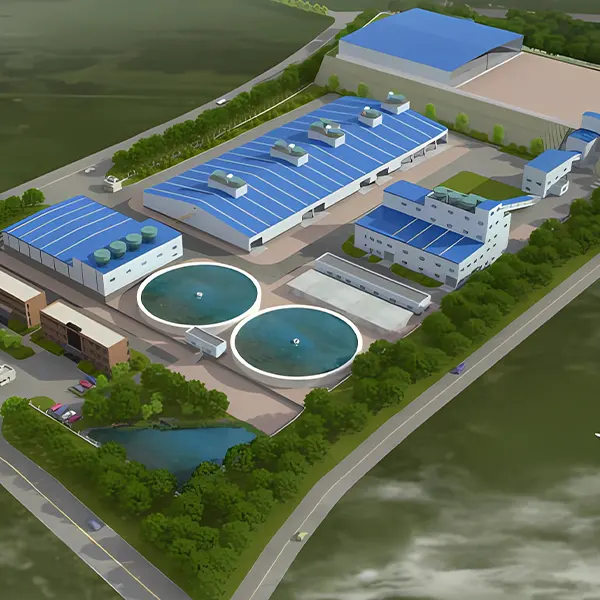Innovative Approaches in the Glass Manufacturing Industry
The glass manufacturing industry has undergone a significant transformation with the integration of modern technologies. Among the many developments, laminated glass production has stood out as a game-changer. Known for its strength, safety, and acoustic insulation properties, laminated glass is now widely used in automotive, architectural, and even high-tech applications. As demand for higher performance materials increases, so does the need to innovate every step in the laminated glass production process.
Advancements in Raw Material Processing
Enhanced Interlayer Materials
One of the most crucial components in laminated glass production is the interlayer, typically made of PVB (polyvinyl butyral) or EVA (ethylene-vinyl acetate). Recent innovations in interlayer chemistry have led to improvements in clarity, UV resistance, and acoustic performance. These advancements allow manufacturers to customize laminated glass to meet specific safety or aesthetic needs.
Precision Cutting and Handling
Cutting raw glass sheets to exact specifications is essential to reduce waste and improve safety. Modern CNC-controlled cutting systems are increasingly used in laminated glass production. These systems ensure that glass pieces are shaped accurately, which also helps in the seamless layering of materials later in the process.
Technological Improvements in Lamination
Automated Assembly Lines
Automation has transformed laminated glass production lines, resulting in faster throughput and reduced labor costs. Robotic arms and conveyor systems now assist in placing interlayers between glass sheets with exceptional precision. This not only speeds up production but also enhances consistency and quality.
Temperature and Pressure Control Systems
Laminated glass production heavily relies on autoclaves, where layers of glass and interlayer materials are bonded under heat and pressure. Advanced control systems now allow for precise temperature and pressure adjustments, ensuring uniform lamination without bubbles or imperfections. This is especially important for architectural applications where clarity and finish matter.
Quality Control and Testing Innovations
Optical Scanning for Defect Detection
Detecting imperfections such as bubbles, inclusions, or misalignments early in the production line is critical. High-resolution optical scanners and vision systems have become standard in laminated glass production facilities. These technologies can automatically identify and reject defective panels, improving overall yield.
Acoustic and Impact Testing Equipment
As laminated glass is widely used in soundproofing and security, thorough testing is essential. New-age testing machines now simulate various stress scenarios, including impact and acoustic performance. These ensure the glass meets international safety standards before it reaches the customer.

Sustainability in Laminated Glass Production
Energy-Efficient Furnaces
Modern laminated glass production facilities are increasingly adopting energy-efficient furnaces and heating systems. These upgrades reduce energy consumption and carbon emissions, making the entire process more environmentally friendly.
Recyclable and Eco-Friendly Materials
The push towards sustainability has led to the use of recyclable interlayer materials and environmentally safe bonding agents. This not only aligns laminated glass production with green manufacturing standards but also appeals to eco-conscious consumers and industries.
Applications Driving Technological Growth
Automotive Industry
The automotive sector remains one of the biggest drivers of laminated glass production technology. Features like heads-up displays (HUDs) and advanced driver assistance systems (ADAS) require high-quality laminated glass with specific optical properties. These demands push manufacturers to constantly improve their production techniques.
Modern Architecture
Architects and builders increasingly prefer laminated glass for façades, skylights, and interior partitions due to its safety and aesthetic advantages. This demand encourages manufacturers to innovate in terms of shape flexibility, tinting, and embedded features like LED lighting or smart shading.
Future Trends in Laminated Glass Production
Smart Glass Integration
The integration of smart functionalities—such as light control, temperature regulation, or embedded sensors—is becoming more common in laminated glass. This requires precise layering and flawless bonding, pushing the boundaries of what laminated glass production can achieve.
Artificial Intelligence and Predictive Maintenance
Many production lines are beginning to incorporate AI-driven systems that predict equipment failures before they happen. This minimizes downtime and ensures continuous, high-quality laminated glass production with minimal interruptions.
FAQ
What is the main advantage of laminated glass over traditional glass?
Laminated glass offers enhanced safety due to its interlayer, which holds the glass together even when shattered, reducing the risk of injury.
Is laminated glass suitable for residential buildings?
Yes, laminated glass is increasingly used in homes for windows, doors, and even balustrades because of its soundproofing and security benefits.
How does automation improve laminated glass production?
Automation increases precision, reduces labor costs, and minimizes errors, leading to higher product consistency and faster production cycles.
Can laminated glass be recycled?
While more challenging than standard glass, laminated glass is recyclable. Modern production practices now focus on using recyclable interlayers and eco-friendly materials.
Table of Contents
- Innovative Approaches in the Glass Manufacturing Industry
- Advancements in Raw Material Processing
- Technological Improvements in Lamination
- Quality Control and Testing Innovations
- Sustainability in Laminated Glass Production
- Applications Driving Technological Growth
- Future Trends in Laminated Glass Production
- FAQ
 EN
EN
 AR
AR
 BG
BG
 HR
HR
 CS
CS
 DA
DA
 NL
NL
 FI
FI
 FR
FR
 DE
DE
 EL
EL
 HI
HI
 IT
IT
 JA
JA
 KO
KO
 PL
PL
 PT
PT
 RO
RO
 RU
RU
 ES
ES
 SV
SV
 TL
TL
 IW
IW
 LV
LV
 LT
LT
 SK
SK
 SL
SL
 UK
UK
 VI
VI
 ET
ET
 HU
HU
 MT
MT
 TH
TH
 TR
TR
 FA
FA
 MS
MS
 SW
SW
 GA
GA
 AZ
AZ
